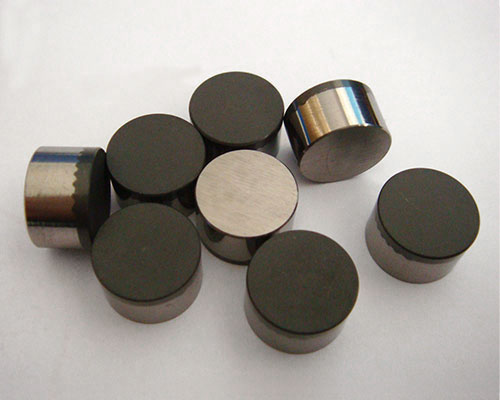How can we help you
In 1955, scientists from GE in the United States successfully synthesized a jewellery-grade diamond weighing approximately 1 carat, and its physical properties are currently the best. 99.9% of the diamond component is carbon isotope C12, its thermal conductivity is 50% better than natural diamond and 850 times faster than copper. Recently, many media have also revealed that this diamond is by far the best heat conductor, and at the same time it can resist the damage caused by high-power lasers. These reports have once again made many people whimsical and want to replace natural diamonds with synthetic diamonds to realize their diamond dreams. However, the cost of synthetic diamond is higher, and at the same time, because of its good physical properties, it is more suitable for technical fields.
Since 1958, people have used high pressures of 60 to 70 kilobars and high temperatures of 1200 to 1500 degrees Celsius to convert graphite into diamonds. This synthesis process has been continuously improved in the following years. And this kind of synthetic diamond, and then cubic boron nitride synthesized by a similar process also became the basis for cutting polycrystalline cutting materials such as stone, concrete, wood, plastic and metal.
Today, polycrystalline cutting tools are indispensable in the field of manufacturing technology. In the early days, people mainly focused on the development of high-efficiency abrasive materials. Around 1972, a US company used a special process to successfully produce a polycrystalline diamond blade composed of micron-sized diamond crystals.
A year later, the same technology was also applied to cubic boron nitride. The arrangement of diamond crystals of polycrystalline cutting materials is not oriented, therefore, the hardness and wear resistance of the diamond layer are uniformly distributed in all directions. In sharp contrast with single crystal natural diamond, polycrystalline material has no weak bond layer, and the hardness of each bond layer will not be uneven, so there will be no peeling phenomenon. If traditional cemented carbide tools or ceramic tools cannot meet the expected cutting process requirements or their service life is too short, please use polycrystalline diamond tools ( PCD diamond tools), which can provide you with faster cutting speeds, higher machining accuracy and Longer tool life, thereby improving the quality of your products.

Features:
Diamond is the hardest material. Using a special high-temperature and high-pressure process, a dense polycrystalline diamond layer can be bonded to the cemented carbide substrate. PCD inserts can be used for cutting or grinding other non-ferrous metals such as aluminum alloys and copper alloys, as well as non-metals such as fiber reinforced plastics (GFK and CFK), concrete floors, hard rubber, wood, fiberboard, melamine resin polymer materials and fiber reinforced metals (MMC). Using cutting tools with diamond coating, you can get faster cutting speeds and longer tool life, and the surface quality and machining accuracy of the processed materials will be higher.
Useage:
PCD tooling can be used for cutting other non-ferrous metals such as aluminum alloys and copper alloys, as well as non-metals such as fiber reinforced plastics (GFK and CFK), hard rubber, wood, fiberboard, melamine resin polymer materials and fiber reinforced metals (MMC). Using cutting tools made of PCD materials, you can get faster cutting speeds and longer tool life, and the surface quality and machining accuracy of the processed materials will be higher.